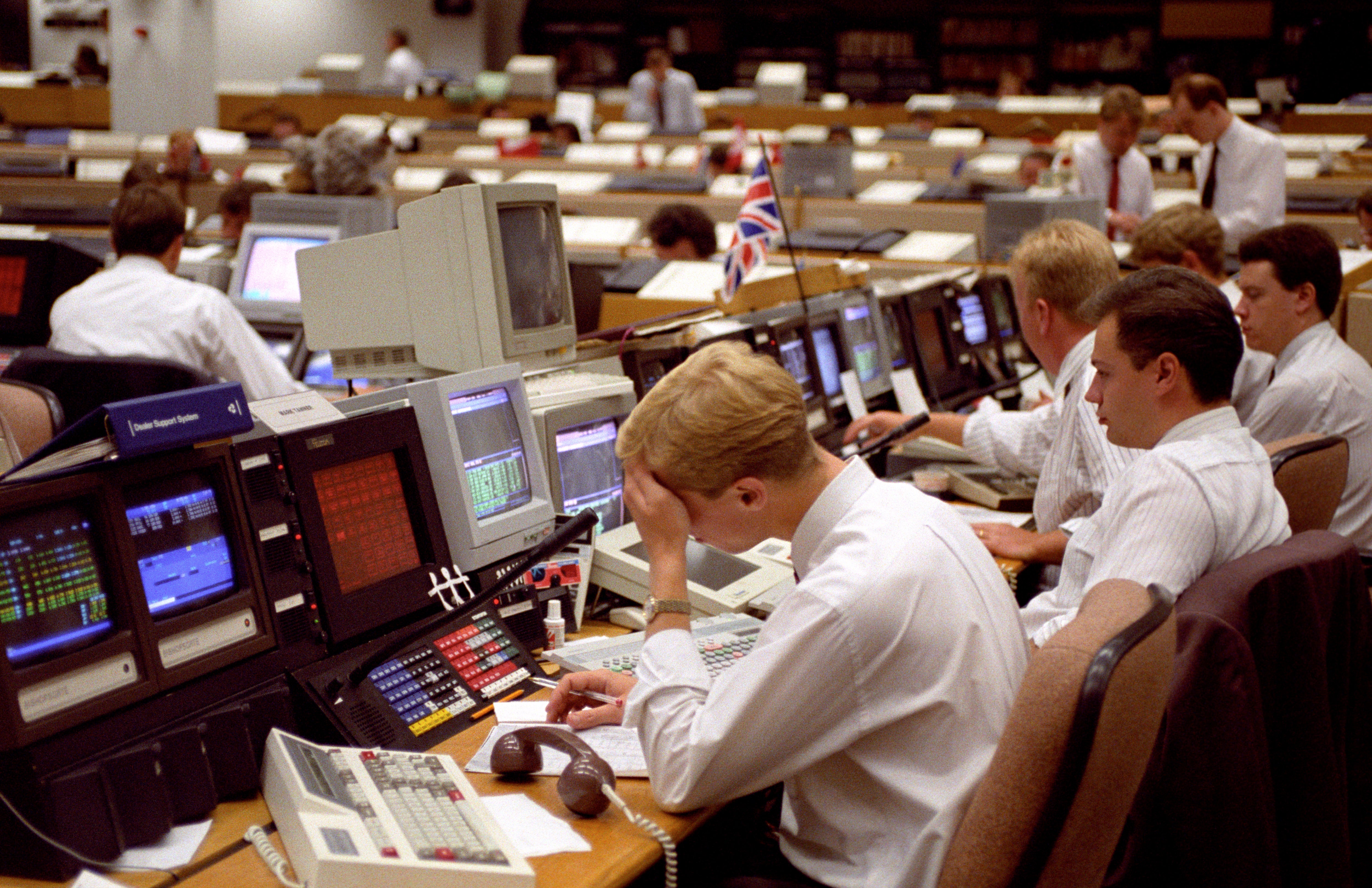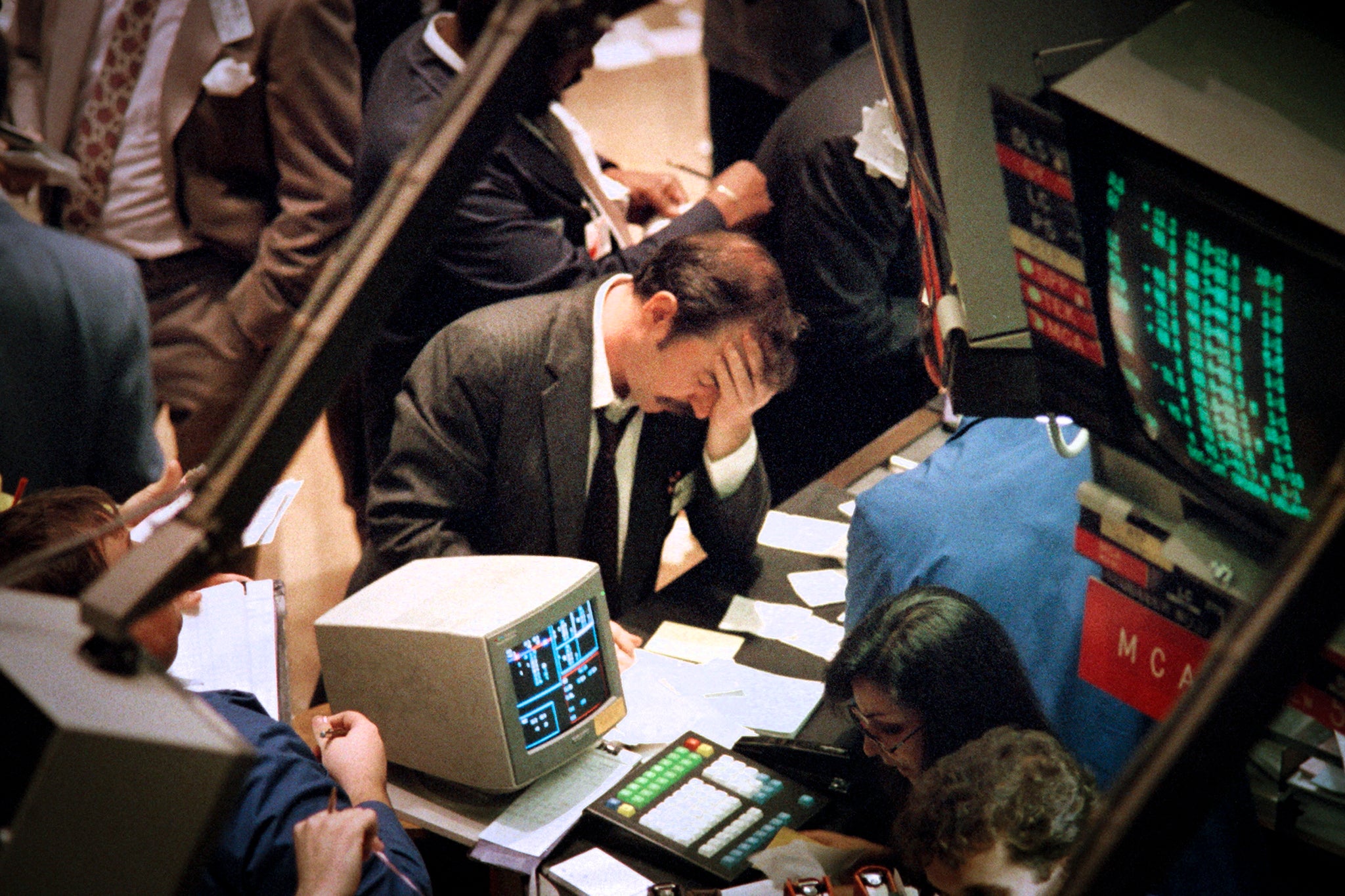This stock market crash isn’t the worst we’ve ever seen – but it could be the most dangerous
When you look at the numbers, we’ve seen worse, says Vicky Pryce, who worked as a government adviser during the 2008 financial crash. But there is a key difference that means traditional resets and remedies may no longer work...


It is true that since Donald Trump’s inauguration, the world order has been changing. Geopolitics remain a concern, with conflicts unresolved in Ukraine and in Israel/Gaza. America’s proposed reductions in its contributions to Nato financing, and its withdrawal from the World Health Organisation and the Paris Agreement on climate change, have meant that other countries have had to rethink their spending and their roles in sustaining the world order as we knew it.
Trump has also paused US funding to the World Trade Organisation, which oversees global trade rules to prevent unfair practices and to adjudicate trade disputes. This week’s escalating trade war has sent a shock through the system, with many countries – and businesses – left trying to reposition themselves.
It is affecting the US market, too. The markets, which had rallied since Trump’s win in November last year, have now tumbled, as have stock markets across the globe. More than $5 trillion (£3.9 trillion) has been wiped off, and the S&P – the stock market index that tracks the performance of 500 companies listed on US exchanges – has lost around 10 per cent of its value over the last three days of trading. Even though this has now stabilised, we are back to levels seen a year ago, wiping out all the gains made in between.
What is it like to be in the room when events like this happen?
I worked at the centre of government as director general of economics at the Department for Business, Innovation and Skills, and as joint head of the Government Economic Service during the financial crash in 2008. It was clear we had to act quickly to support the economy. A National Economic Council (NEC) officials group was quickly established to respond to the crisis, chaired by the then cabinet secretary Gus O’Donnell.
At pace, we monitored developments at home and abroad, coordinated with the Bank of England, and the financial regulators contributed their analysis and recommendations. Frankly, we threw everything we could at the problem. Some things worked, others didn’t. But after the twice-weekly meetings of the NEC, attended by then prime minister Gordon Brown and chancellor Alistair Darling, action followed swiftly.
So how does this crisis compare? We have had crises before and we have overcome them – in what ways is this one different?
On 19 October 1987 – a day also known as Black Monday – the Dow Jones Industrial Average dropped 22.6 per cent in a single day, which remains (at the time of writing) the largest one-day percentage decline in the index’s history. The 11.4 per cent decline in the Nasdaq Composite and 20.5 per cent fall in the S&P 500 were also among the largest single-day drops ever. Shares continued to fall intermittently for several weeks – down by 36 per cent from pre-crash levels by mid-November – but then stabilised, and prices recovered their previous peaks within two years.
On Black Wednesday – 16 September 1992 – an unsustainably high exchange rate forced the UK to abandon its two-year membership of the European Exchange Rate Mechanism. Interest rates on the day fell from 16 per cent to 10 per cent, which in fact helped the economy in the short to medium term.

During the global financial crisis of 2008, between October 2007 and March 2009, the S&P 500 plunged by 57 per cent, the Dow declined by 54 per cent, and the Nasdaq Composite lost 56 per cent of its value. The Brexit vote of 2016 saw the FTSE 100 fall by more than 8 per cent within the first few minutes of trading. When the opening bell rang on Wall Street, US shares were down sharply, with the Dow Jones shedding more than 500 points – down nearly 3 per cent.
On 16 March 2020, pandemic fears caused US stock markets to enter freefall. All three major indices declined – still representing the largest single-day percentage drop for the Nasdaq (12.3 per cent), the second largest for the Dow (12.9 per cent), and the third largest for the S&P 500 (12.0 per cent).
Then came the Liz Truss mini-budget chaos of September 2022. On the first trading day after the budget announcement, the pound fell to $1.0327 – the lowest level on record since decimalisation. Today, the pound trades at $1.28.
So, while Trump’s tariff chaos has triggered substantial declines, percentage-wise, in many cases, they have so far proved less severe than the selloffs that swept markets during earlier periods of economic turmoil. Trump’s press conferences would have us believe that the chaos is being over-exaggerated, pointing out that today’s numbers are already stabilising and when they were at their worst this week they were still (very slightly) better than those seen during the 2008 financial crisis and at the start of Covid.
But there is a key difference between historical crises and what we are witnessing today.

Previous crises were caused largely by internal factors and could be addressed mostly through domestic countermeasures. These, of course, depended on the availability of fiscal and monetary firepower. Today, however, our resilience is being seriously tested.
Borrowing costs for the government remain unsustainably high. The current fiscal rules arguably constrain the chancellor’s ability to spend and support the economy during this turbulence, while also meeting new defence spending obligations and a ballooning welfare bill – particularly in an economy now widely predicted to slow down.
More importantly, today’s crisis is universal in nature. Previous crises required international cooperation and a shared will among Western nations to resolve them – often led by the United States.
During the 2008 financial crisis, for example, when I was working in government, not only was there massive fiscal support to stabilise economies but there was also serious international coordination on tightening financial regulation and relaxing monetary policy in a consistent manner across nations.
Interest rates were slashed globally, and central banks – including the US Federal Reserve and the Bank of England – undertook large-scale quantitative easing, flooding the markets with liquidity.

This was repeated on an even greater scale when Covid hit in 2020. Although countries were impacted differently by the war in Ukraine, the policies enacted to combat inflation and supply disruptions followed similar patterns.
That kind of global, coordinated response no longer exists. We’ve entered an era of non-coordination, and potentially even “beggar thy neighbour” competitive behaviour, as countries scramble to reroute their trade in response to the differential treatment meted out by Donald Trump.
Uncertainty wreaks havoc. For the UK, the 10 per cent across-the-board basic tariff applied to goods exported to the US makes little sense – even by the standards of the clumsy mechanical formula used by Trump’s advisers to calculate them.
Trade between the two countries is generally more or less balanced. In addition, the higher, worldwide US tariffs on cars, steel, and aluminium – 25 per cent – will still apply to the UK. There are also concerns that pharmaceuticals, another major UK export to the US, currently excluded from the new tariff under an executive order signed immediately after the White House’s “Liberation Day” announcements, may also be under review.

Even if the UK manages to reduce its own tariffs and move closer to trade cooperation with other parts of the world, prospects for the global economy have changed dramatically. Globalisation – particularly the rise of China as a major trading partner and the gradual reduction in tariffs worldwide – has underpinned growth over the last few decades. While it slowed after the financial crisis, it had at least stabilised.
Lower trade growth also means lower global GDP growth. Even if a UK–US trade deal is struck – potentially involving worrying concessions on the UK’s part – it will be of limited consolation. If the US slows down or enters recession, as even some of Trump’s closest business allies now predict, demand for UK – and global – exports will suffer. As the saying goes, when America sneezes, we all catch a cold. How bad it will be this time is anyone’s guess.
Vicky Pryce is chief economic adviser at the Centre for Economics and Business Research (CEBR) and a former joint head of the UK Government Economic Service



Join our commenting forum
Join thought-provoking conversations, follow other Independent readers and see their replies
Comments